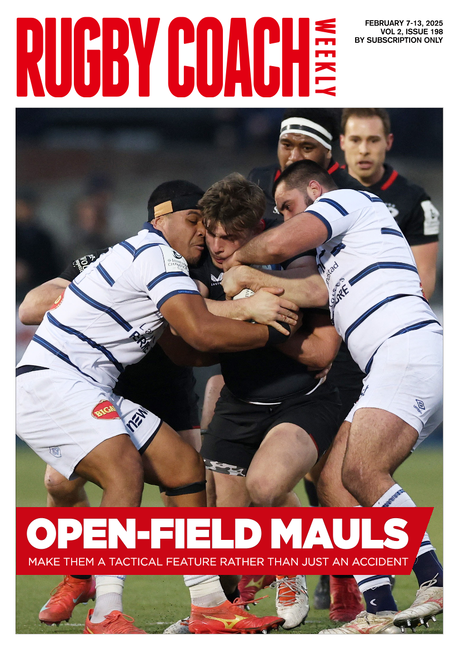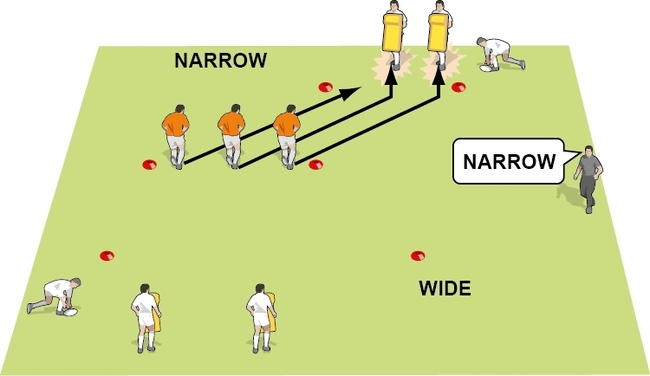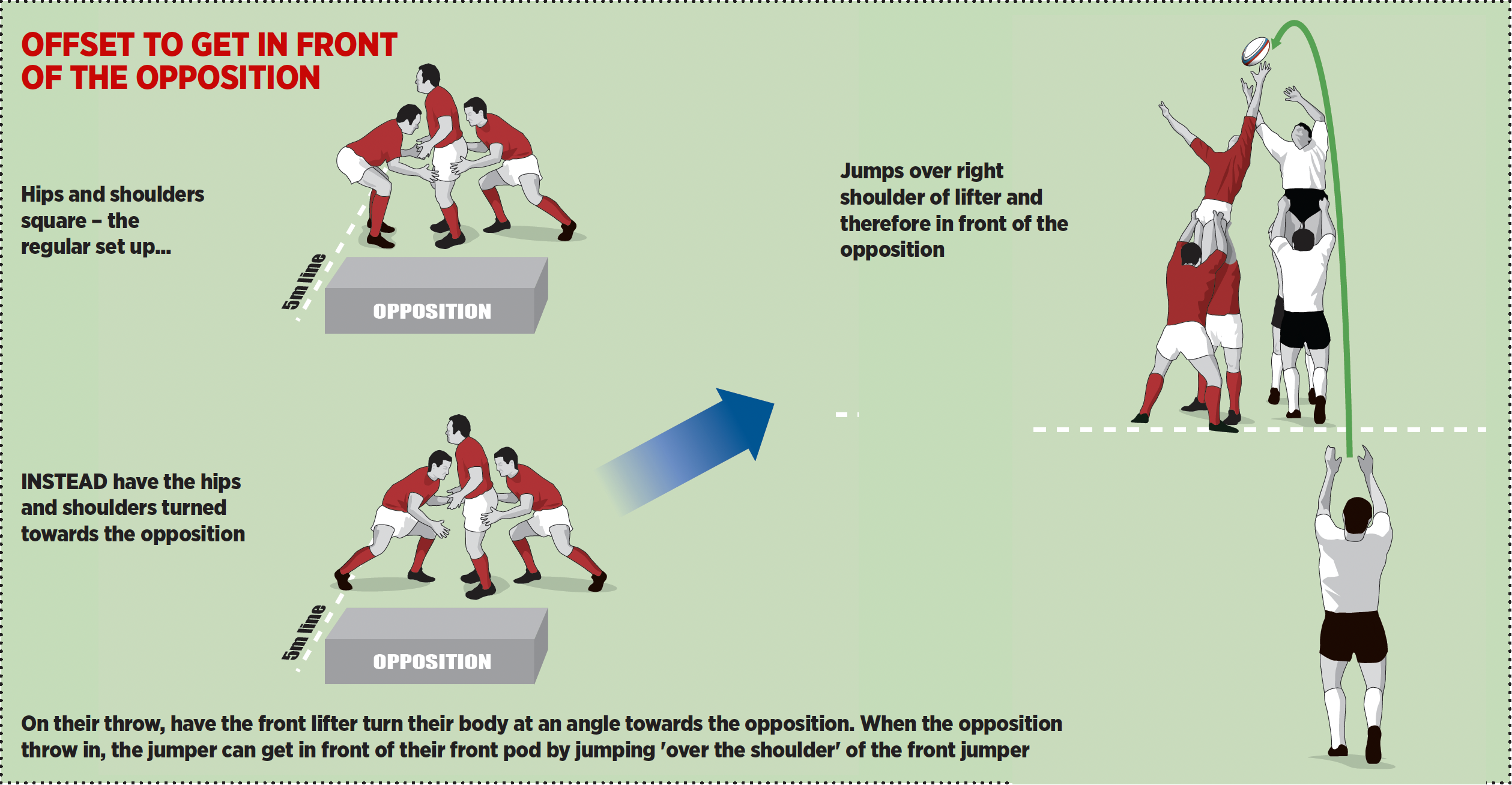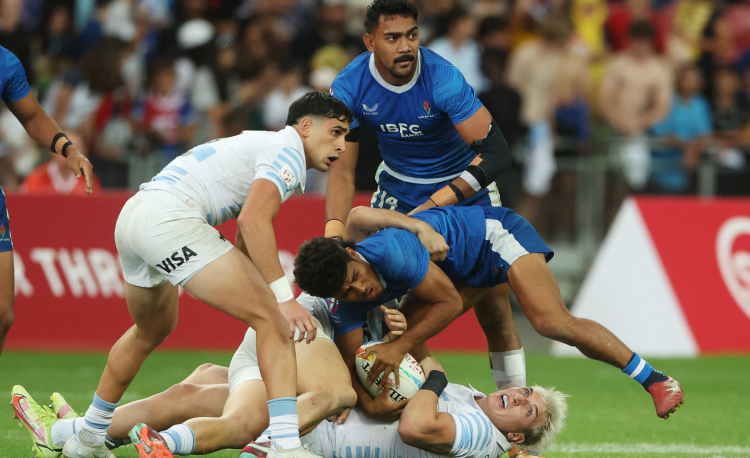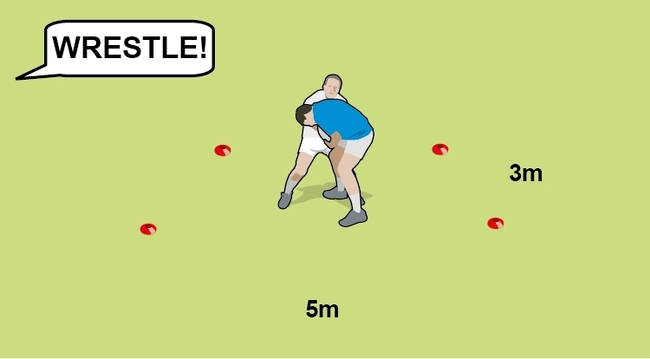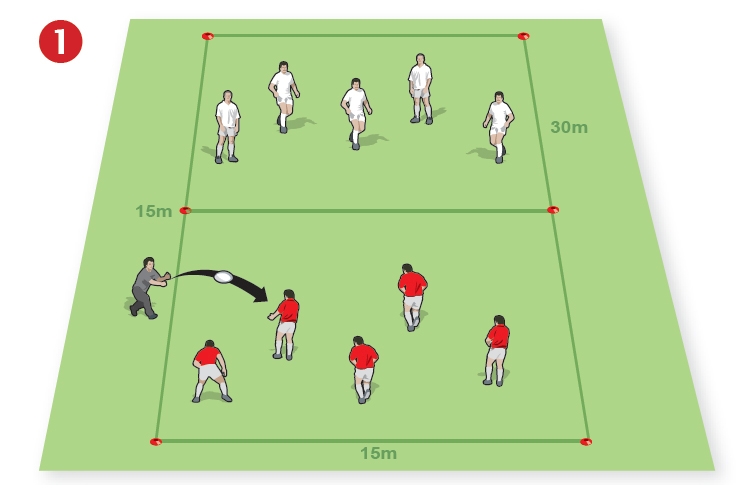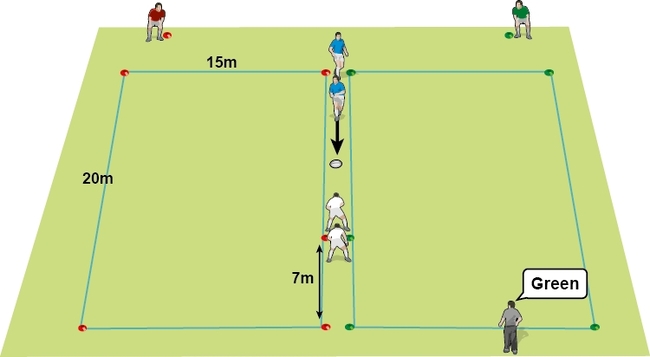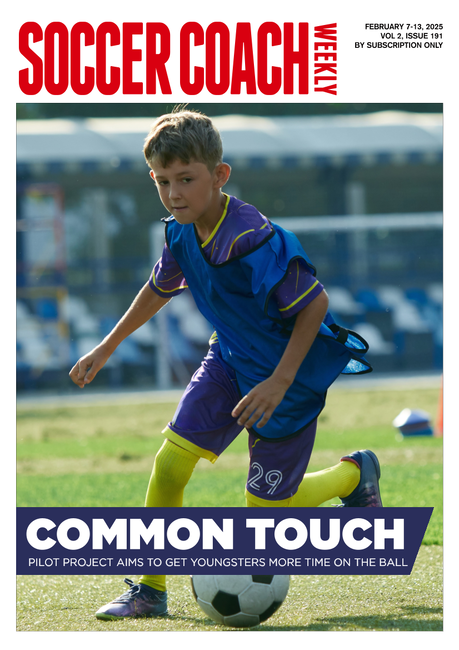How to position your full back in defence
In the past, the full back would stand as far back as the distance one would expect from a regular kick. However, nowadays the ball is being landed on wingers more frequently, so there is more than one reason for the number 15 to lie even further back - to catch, cover and support.
As an occasional full back myself, I think that setting your full backs deeper, into the "outback", gives your rugby team a number of advantages.
Advantages of depth
An improved running angle: This aids speed. The deeper full back will arrive at greater pace on to the ball or to support a winger fielding a kick, and with a choice of angles to take.
Improved vision: The full back can see where the gaps are or are going to appear. A full back who receives a pass from the winger can also decide whether to run or kick.
Simpler catching: It is easier to catch a high ball or take a pass when coming forwards, rather than going backwards.
How deep?
If the field is split into four, using the 22m and halfway lines, then there should be at least one quarter space spare between the set piece, ruck or maul and the full back. The depth can be then adjusted according to the opposition and the weather conditions.
How wide?
"Follow the line of the ball" is the adage I was taught, with the full back tracking across in line with the ball. The more sophisticated full back will stay within the confines of the two 15 metre lines and will try to read the actions of the opposition fly half.
Standing where?
Here's my top tip for full backs expecting a kick. Watch the opposition number 10's shoulders. Where they point is generally the direction in which the kick will go.

Newsletter Sign Up
Coaches Testimonials

Gerald Kearney, Downtown Las Vegas Soccer Club

Paul Butler, Florida, USA

Rick Shields, Springboro, USA

Tony Green, Pierrefonds Titans, Quebec, Canada
Subscribe Today
Be a more effective, more successful rugby coach
In a recent survey 89% of subscribers said Rugby Coach Weekly makes them more confident, 91% said Rugby Coach Weekly makes them a more effective coach and 93% said Rugby Coach Weekly makes them more inspired.
Get Weekly Inspiration
All the latest techniques and approaches
Rugby Coach Weekly offers proven and easy to use rugby drills, coaching sessions, practice plans, small-sided games, warm-ups, training tips and advice.
We've been at the cutting edge of rugby coaching since we launched in 2005, creating resources for the grassroots youth coach, following best practice from around the world and insights from the professional game.


